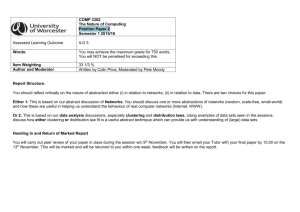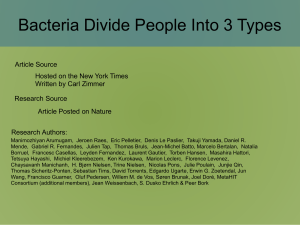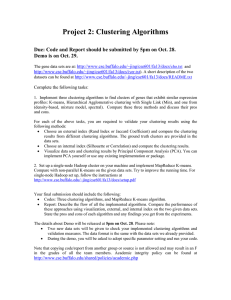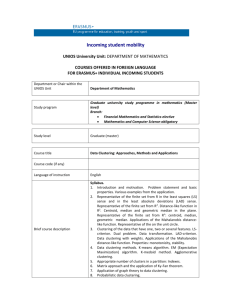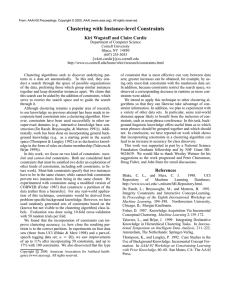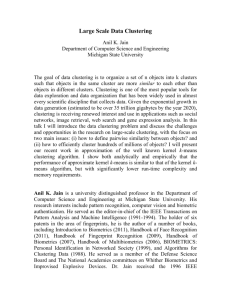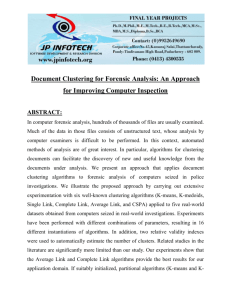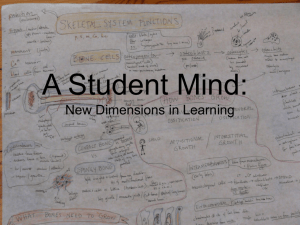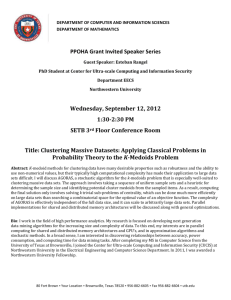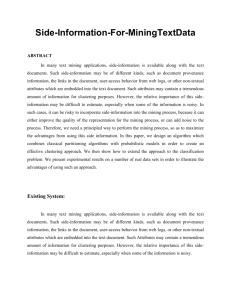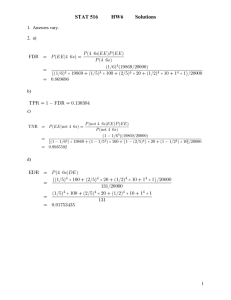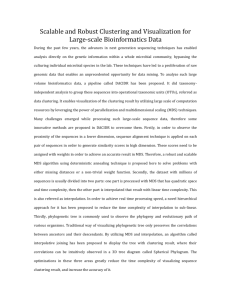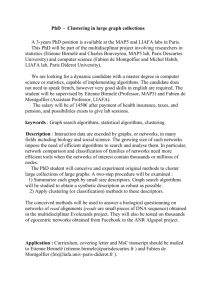Personalised News Recommendation based on a User`s Browsing
advertisement
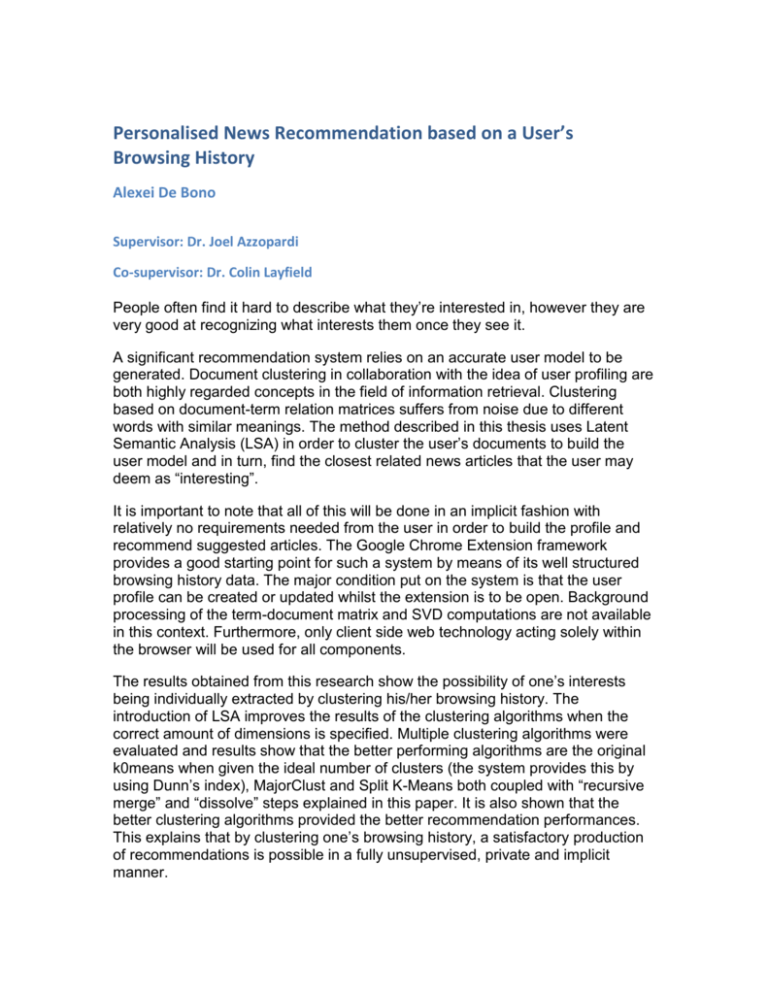
Personalised News Recommendation based on a User’s Browsing History Alexei De Bono Supervisor: Dr. Joel Azzopardi Co-supervisor: Dr. Colin Layfield People often find it hard to describe what they’re interested in, however they are very good at recognizing what interests them once they see it. A significant recommendation system relies on an accurate user model to be generated. Document clustering in collaboration with the idea of user profiling are both highly regarded concepts in the field of information retrieval. Clustering based on document-term relation matrices suffers from noise due to different words with similar meanings. The method described in this thesis uses Latent Semantic Analysis (LSA) in order to cluster the user’s documents to build the user model and in turn, find the closest related news articles that the user may deem as “interesting”. It is important to note that all of this will be done in an implicit fashion with relatively no requirements needed from the user in order to build the profile and recommend suggested articles. The Google Chrome Extension framework provides a good starting point for such a system by means of its well structured browsing history data. The major condition put on the system is that the user profile can be created or updated whilst the extension is to be open. Background processing of the term-document matrix and SVD computations are not available in this context. Furthermore, only client side web technology acting solely within the browser will be used for all components. The results obtained from this research show the possibility of one’s interests being individually extracted by clustering his/her browsing history. The introduction of LSA improves the results of the clustering algorithms when the correct amount of dimensions is specified. Multiple clustering algorithms were evaluated and results show that the better performing algorithms are the original k0means when given the ideal number of clusters (the system provides this by using Dunn’s index), MajorClust and Split K-Means both coupled with “recursive merge” and “dissolve” steps explained in this paper. It is also shown that the better clustering algorithms provided the better recommendation performances. This explains that by clustering one’s browsing history, a satisfactory production of recommendations is possible in a fully unsupervised, private and implicit manner.



